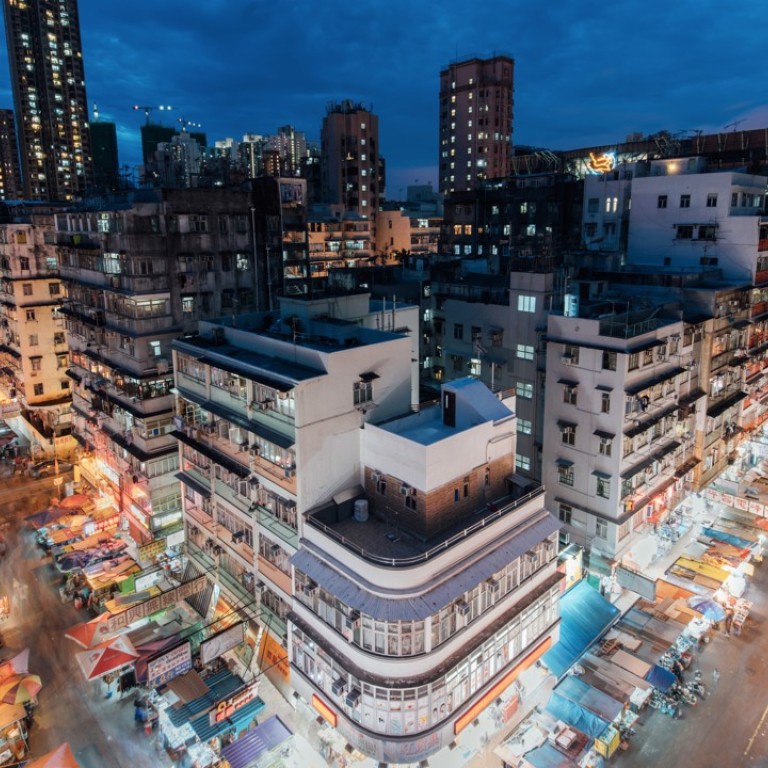
Hong Kong promotes halal food, poorest district to millennial Asian travellers
Young travellers from Malaysia, Indonesia, the Philippines, Thailand and Singapore the target of tourism board and travel search engine Wego’s campaign promoting ‘summer fun’ in ‘soul cool’ Hong Kong
If you notice an influx of young tourists from Southeast Asia in Hong Kong this summer, it’s no accident.
The Hong Kong Tourism Board (HKTB), which runs discoverhongkong.com, has teamed up with Wego to launch a “summer fun” campaign to attract travellers from Southeast Asia.
Five halal food restaurants Hong Kong Muslims recommend
Wego is a travel search engine based in Singapore, which operates 52 country sites and in over 20 languages, and the partnership has worked well in the past.
HKTB last collaborated with Wego in February 2017 after a reported 4.5 per cent fall in foreign visitors to Hong Kong during 2016.
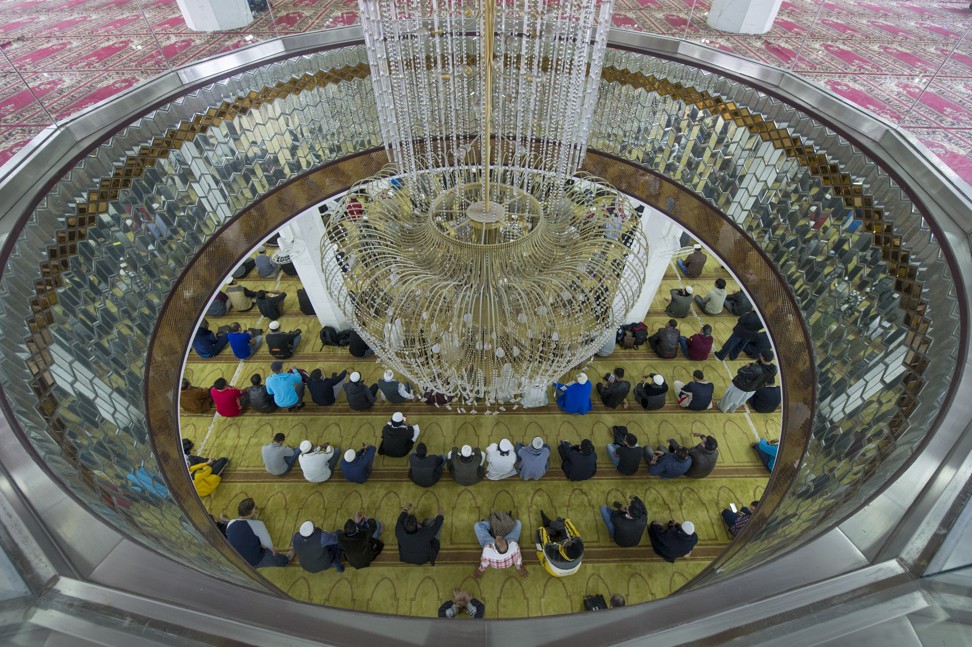
“Searches on Wego for Hong Kong grew this year by 43 per cent since 2017,” said Craig Hewett, co-founder of Wego.
It is crucial for us to identify and communicate the local uniqueness of Hong Kong
“Hong Kong continues to gain popularity as the ideal holiday destination. Our campaign, which will include a number of online activities, aims to position Hong Kong as a summertime ‘must visit’ destination for travellers from Indonesia, Malaysia and Philippines.”
Wego’s campaign will involve social media contests and influencers in a bid to interest as many people as possible.
“The campaign aligns with the latest consumer attitudes of Indonesians, Malaysians and Filipinos,” said Hewett. “These travellers are a largely tech-savvy and deal-loving [group] who look at travel as a means of exploring hidden gems and savouring new experiences.”

Using the tagline “soul cool”, the campaign will showcase Hong Kong as the ideal summer destination, with a particular focus on what will appeal to Southeast Asian millennials.
“We hope to stimulate interest among travellers for the city’s halal offerings, and family-friendly highlights,” said Hewett. “We’ll encourage them to discover some of Hong Kong’s coolest neighbourhoods, and find the best places to shop, dine and sight-see this summer.”
Street artists transform Sham Shui Po
The promotion of halal-friendly restaurants will focus on Tsim Sha Tsui and Wan Chai, which are also home to two of Hong Kong’s largest mosques, the Kowloon Masjid and Islamic Centre in Tsim Sha
Tsui, and Masjid Ammar and Osman Ramju Sadick Islamic Centre in Wan Chai.
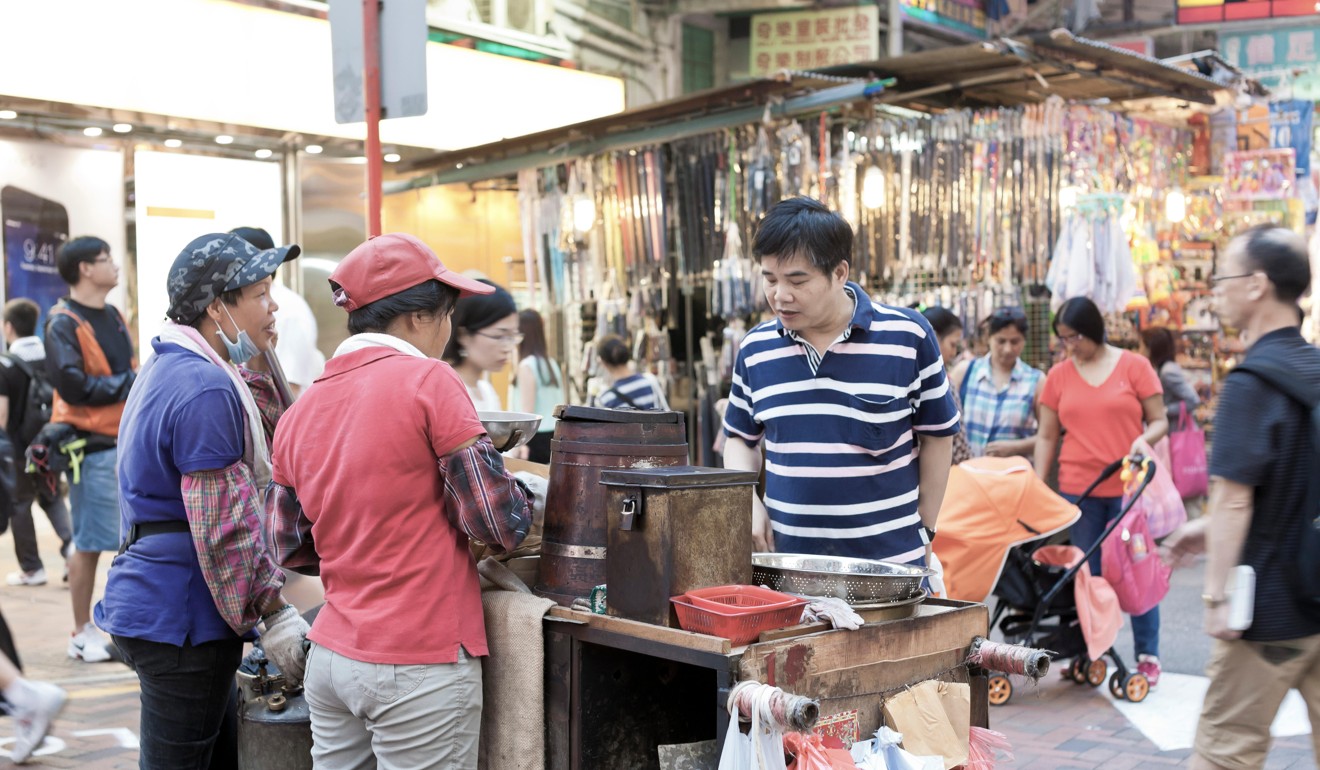
“A must-visit establishment includes Osman Ramju Sadick Islamic Centre’s Islamic Centre canteen, which serves an extensive halal menu of authentic local dim sum and traditional Cantonese dishes,” said Raymond Chan, regional director, Southeast Asia, Hong Kong Tourism Board. “Ma’s Restaurant’s signature Xinjiang-style beef pancakes and skewers are also well-loved among Muslims and non-Muslims.”
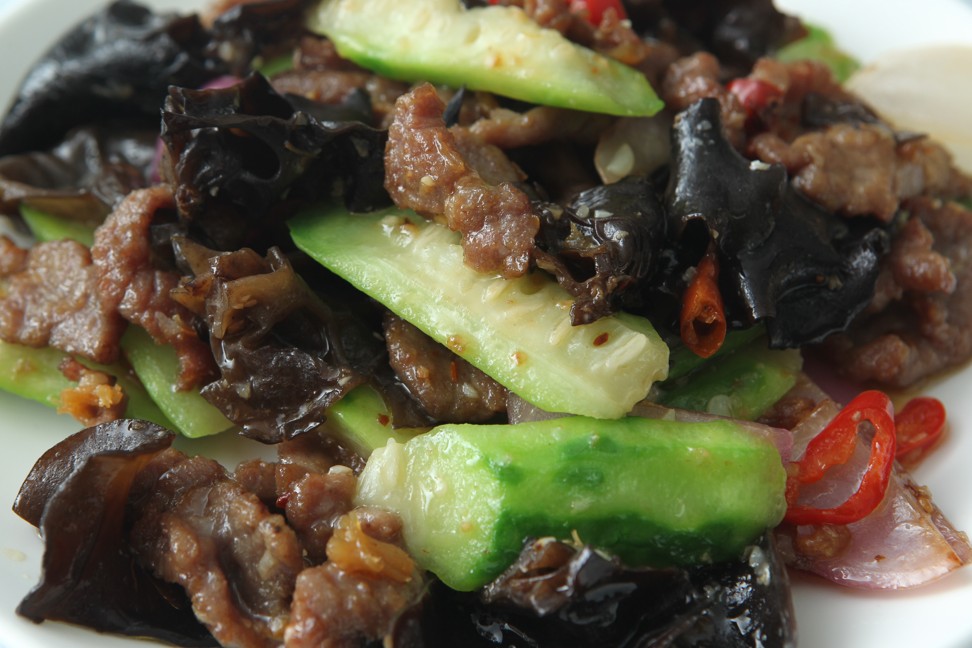
The campaign will publicise the halal-friendly dining and snack options at Hong Kong Disneyland and Ocean Park, while street food in Sham Shui Po and Cantonese cuisine in Tsim Sha Tsui will be recommended to “foodie” travellers too.
“It is crucial for us to identify and communicate the local uniqueness of Hong Kong,” said Chan, adding that as well as Indonesia, Malaysia and the Philippines, Thailand and Singapore are also among their target markets.

The campaign will highlight Sham Shui Po as the city’s latest must-visit neighbourhood. “It’s a neighbourhood that overflows with creative energy and local authenticity,” said Chan, pointing out its Michelin-ranked restaurants and its host of internationally recognised brands. Sham Shui Po is a mainly working class district and the one with the lowest median salary in Hong Kong.
Can one of Hong Kong’s poorest areas be its next fashion hub?
Shopping lovers will be encouraged to visit Causeway Bay, Tsim Sha Tsui’s Nathan Road, and Hong Kong’s biggest shopping centre – the enormous Harbour City and 1881 Heritage – as part of the promotional strategy.
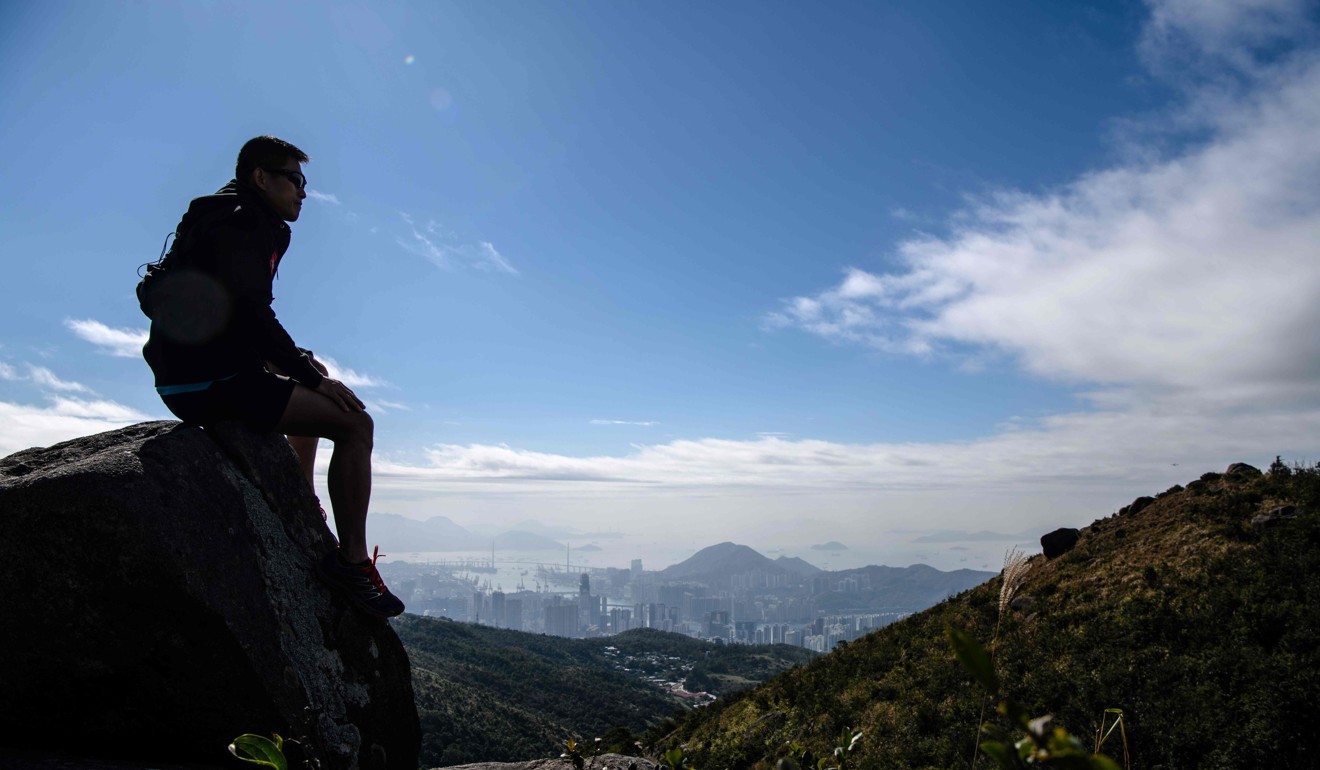
HKTB’s ongoing “Best of All, it’s in Hong Kong” campaign already features five themed walking routes through Central that reveal over 100 years of Hong Kong history.
The second coming of Sham Shui Po: revelation or revolt at gentrification?
This new campaign will also push Hong Kong as a playground for adventurous travellers, with the Unesco Global Geopark, Sunset Peak, and Tai Mo Shan all highlighted as places for those looking for breathtaking scenery.

